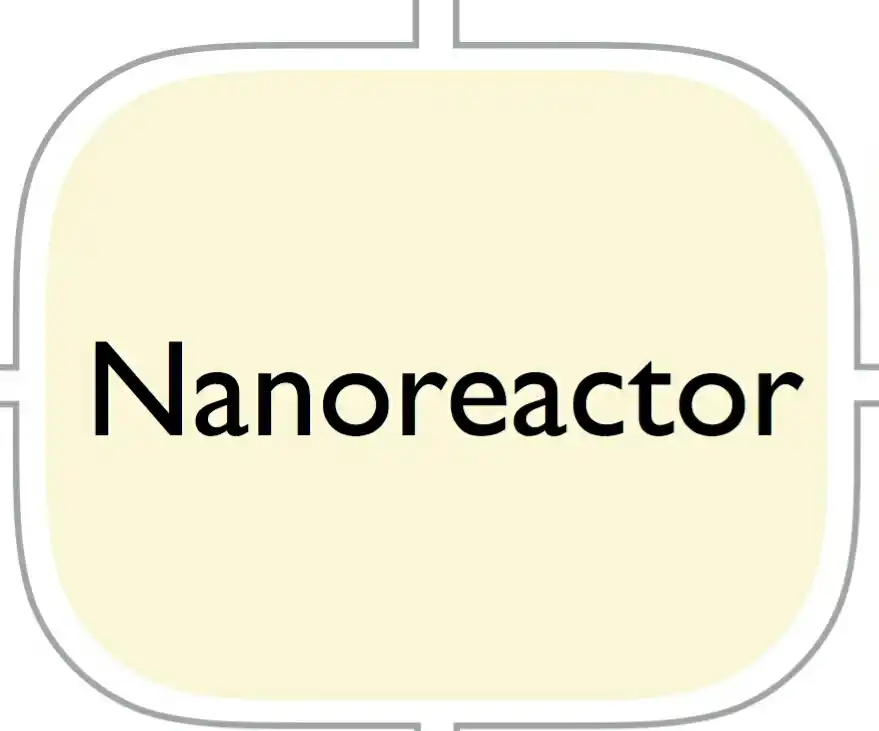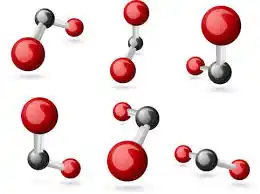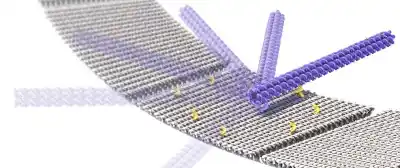افشین رشید
اُستادیار ؛ عضو هیات علمی دانشگاه آزاد اسلامی واحد علوم و تحقیقات تهران
621 یادداشت منتشر شدهHow (Natural Nanoreactors) Work The Most ideal Type of (Excellent Nanomolecular Nanoreactors)

Note: In general, nanoreactors can be divided into two groups: natural and synthetic nanoreactors. The first group has a more selective function and at the same time a more complex structure, while the second group has more diversity and a simpler structure.
Natural nanoreactors Cells and cellular organelles, which are considered the most ideal nanoreactors, have lipid membranes.

These nanoreactors are selective, meaning they are able to distinguish between different molecules and allow only certain molecules to enter their internal cavity. In addition to selectivity, cells are also sensitive by having pores in the membrane that open and close with external stimuli such as pH changes. Selectivity and sensitivity are characteristics of all natural nanoreactors and are used in the production of nanosensors.

Nanostructured materials that are electrically conductive allow the production of inexpensive and portable biosensors and biodetectors . These materials can be considered as warning signs and therefore can be used in hazardous environments. The detection of single molecules by photon detectors is another example of the application of nano-microelectronics in the life sciences.
Conclusion :
Natural nanoreactors Cells and cellular organelles, which are considered the most ideal nanoreactors, have lipid membranes. These nanoreactors are selectable
Metal alloys or bimetallic nanoparticles have a high superparamagnetic property that makes them suitable for electromagnetic nanomolecules or electromagnetic nanocarriers . In addition, the electromagnetic property of the surface of these nanoparticles allows surface active materials to be placed on the surface of their nanoparticles , which can be used to dissolve the nanoparticles . The electrostatic stability of nanomolecules is not suitable for nanoparticles; although the repulsion of charges on the surface of nanoparticles can prevent their aggregation, in the presence of a catalyst or other electrolytes in the internal environment of electromagnetic nanoparticles, these charges are neutralized. Electromagnetic (active) properties in the coating of nanoparticles, like a barrier, prevent their aggregation, and chemical functionalization creates suitable and efficient properties for nanoparticles . Molecular weight and geometric orientation on the surface of nanoparticles exist in various forms. Layers that fully activate electromagnetic nanoparticles. Prevent nanoparticles from accumulating on top of each other. In addition to organic coatings, core-shell structures are also used for optimal use of electromagnetic nanoparticles . Structural engineering of magnetic nanoparticles is the functionalization of particle surfaces, which can have multiple agents or multiple (ligands). Uncoated and coated nanoparticles can attract (bimetallic) nanoparticles with various electromagnetic molecules and create an active process.